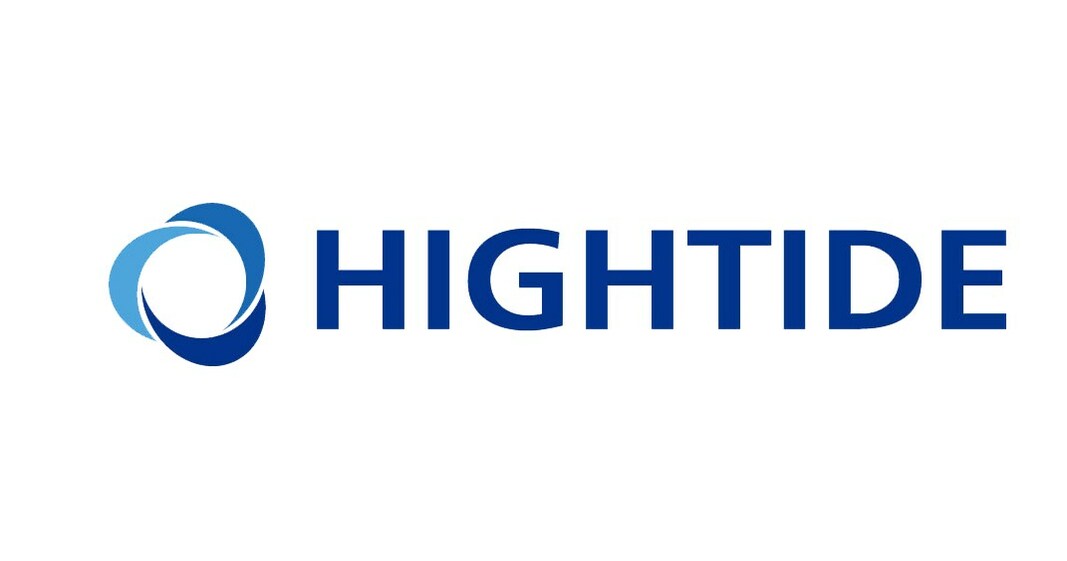The fear of needles is a universal experience, deeply ingrained in many of us from childhood. Whether it’s a routine vaccination or a life-saving treatment, the sight of a syringe can send shivers down anyone’s spine. This widespread aversion to needles has long posed challenges to healthcare, from vaccine hesitancy to delayed treatments. But what if we could deliver drugs without the pain, fear, or risks associated with traditional needles? Enter IIT Bombay’s revolutionary innovation: the shock syringe.
This groundbreaking device, the size of a ballpoint pen, can potentially redefine drug delivery systems globally. Developed by Prof. Viren Menezes and his team from IIT Bombay’s Aerospace Engineering Department, the shock syringe represents a leap in medical technology. It combines cutting-edge physics with patient-centric design, aiming to make injections pain-free, efficient, and safer.
How Does the Shock Syringe Work?
Unlike conventional syringes that rely on sharp needles to pierce the skin, the shock syringe uses compressed airwaves to deliver medication. Powered by a micro shock tube system, the device employs pressurized nitrogen gas to generate a rapid microjet of liquid medication. This jet penetrates the skin at speeds twice that of a commercial aeroplane during takeoff, enabling deep and precise drug delivery without breaking the skin’s surface.
The key lies In the use of high-energy shock waves, which travel faster than sound. This innovative approach ensures that drugs are effectively delivered into the body with minimal discomfort. The physics behind this technology has been fine-tuned to ensure safety and efficacy, addressing many of the limitations of traditional needle-based systems.
Breaking Down the Benefits
1. Painless Injections
For millions of people, the primary dread of injections lies in the pain caused by needle penetration. The shock syringe eliminates this pain by replacing needles with compressed airwaves. The result? A virtually painless experience, ideal for children, adults, and even those with needle phobias.
2. Improved Drug Delivery
In laboratory tests, the shock syringe has demonstrated superior performance in delivering medications, particularly viscous drugs like antifungals. By penetrating deeper into the skin layers, it ensures better absorption and efficacy. This was further evidenced in tests on diabetic rats, where insulin delivered via the shock syringe resulted in stable blood sugar levels for extended durations compared to traditional needles.
3. Faster Healing and Reduced Inflammation
Unlike needles, which can cause localized inflammation and tissue damage, the shock syringe minimizes skin trauma. Tissue analysis from tests on laboratory rats revealed quicker healing times and reduced inflammation, making it a safer option for repeated drug administration.
4. Eliminating Needle-Related Risks
One of the biggest challenges in healthcare is the risk of needle-stick injuries, which can transmit bloodborne diseases like HIV and hepatitis. The shock syringe eliminates this risk by doing away with needles. This makes it an ideal solution for high-volume immunization campaigns and other public health initiatives.
5. Sustainability and Cost-Effectiveness
Designed for durability, the shock syringe can deliver over 1,000 injections before requiring a nozzle replacement. This makes it a cost-effective alternative for healthcare systems, especially in resource-constrained settings.
The shock syringe’s potential goes far beyond individual patient care. Immunization campaigns, particularly in rural and underserved regions, could see a massive boost in efficiency and safety. The logistics of needle-based systems, which involve sterilization, disposal, and the risk of injuries, often slow down vaccination drives. By eliminating these hurdles, the shock syringe could revolutionize how vaccines and other drugs are delivered on a large scale.
Moreover, the device addresses the critical issue of vaccine hesitancy. Many people, especially children, avoid vaccinations due to the fear of needles. A painless and needle-free alternative could encourage greater participation in immunization programs, ultimately saving more lives.
While the shock syringe holds immense promise, its journey to widespread adoption is not without challenges. The transition from laboratory success to clinical use requires rigorous testing, regulatory approvals, and further technological refinements. Affordability and accessibility will also be crucial factors in determining its impact, particularly in low-income regions.
As highlighted by lead researcher Priyanka Hankare, the shock syringe’s success will depend on continued innovation and collaboration across industries. Efforts to make the device affordable for public health systems and accessible to all demographics will be essential in realizing its full potential.
The shock syringe is more than just a technological innovation; it’s a symbol of what the future of medicine could look like. By addressing the limitations of traditional syringes, it leads the way for safer, more efficient, and patient-friendly healthcare solutions.
Imagine a world where vaccinations no longer evoke fear, where public health campaigns can reach every corner of the globe without logistical bottlenecks, and where patients can receive treatments without the trauma of needles. This vision is no longer a distant dream but a tangible possibility, thanks to innovations like the shock syringe.
The shock syringe is a testament to the power of interdisciplinary collaboration in healthcare. By merging aerospace engineering with biomedical sciences, the researchers at IIT Bombay have showcased the transformative potential of innovation.
As the world struggles with global health challenges, from pandemics to chronic diseases, such advancements are more critical than ever. Technologies like the shock syringe not only address immediate patient needs but also contribute to building resilient and sustainable healthcare systems.
The launch of the shock syringe marks a significant milestone in medical innovation, but it’s just the beginning. As it moves through the stages of clinical trials and regulatory approvals, the focus will shift towards scaling production and distribution. Partnerships with healthcare providers, governments, and NGOs will play a vital role in ensuring that this technology reaches those who need it most.
The potential applications of the shock syringe extend beyond routine vaccinations and drug delivery. From managing chronic conditions to administering life-saving treatments in emergency settings, its versatility could revolutionize various aspects of healthcare.
In a world that is constantly evolving, the shock syringe represents a step towards more compassionate and effective healthcare. It challenges the status quo, offering a solution that prioritizes patient comfort without compromising on efficacy.
As we embrace this new era of medical innovation, one thing is clear: the future of healthcare is needle-free, and it’s brighter than ever. With the shock syringe leading the way, we are on the brink of a revolution that will redefine how we think about drug delivery and patient care.
In the words of the researchers themselves, the possibilities are immense. The shock syringe is not just a device; it’s a ray of hope for millions worldwide, promising a future where healthcare is not only effective but also humane.
http://www.21stcenturyhospitalgownplus.com/
http://www.elite-factory-15.fr/
http://www.gba-amateurboxen.de/
http://www.kita-strausberg.de/
http://sonispicehelensburgh.co.uk/
http://curryzonecardonald.co.uk/
http://cinnamon-edinburgh.co.uk/
http://www.bombaydelipaisley.com/
http://pizzanightclydebank.co.uk/
http://www.pizzanightclydebank.com/
http://gyros2goclydebank.co.uk/
http://grillicious-glasgow.co.uk/
http://www.abdulstakeaway.com/
http://www.freddiesfoodclub.com/
http://cinnamonportobello.co.uk/
http://www.romafishnchips.com/
http://bombaydelipaisley.co.uk/
http://yaraloungerestaurant.co.uk/
http://tasteofchinacoatbridge.co.uk/
http://www.memoriesofindiagorebridge.com/
http://memoriesofindiaeh23.co.uk/
http://freddiesknightswood.co.uk/
http://gyros2gohardgate.co.uk/
http://www.strausseeschwimmen.de/
http://www.janstanislawwojciechowski.pl/
http://london-takeaways.co.uk/
http://shahimanziledinburgh.co.uk/
http://freddiesfoodclub.co.uk/
http://www.spicestakeaway.com/
http://www.mexita-paisley.com/
http://pandahouseglasgow.co.uk/
http://www.zum-alten-steuerhaus.de/
http://www.oberstufenzentrum-mol.org/
http://www.morsteins-neuenhagen.de/
http://www.maerkische-jugendweihe.de/
http://www.planungsbuero-henschel.de/
http://www.hertzelektronik.de/
http://www.militaergefaengnisschwedt.de/
http://www.fahrrad-naumann.de/
http://www.hondamoto-villemomble.com/
http://www.hondamoto-royan.com/
http://www.hondamoto-ajaccio.com/
http://www.download-skycs.com/
http://www.sisakoskameleon.hu/
http://www.hondamoto-montauban.com/
http://www.hondamoto-chalonsursaone.com/
http://www.hondamoto-champignysurmarne.com/
http://www.hondamoto-asnieres.com/
http://www.pasquier-motos.com/
http://www.evacollegeofayurved.com/
http://www.compro-oro-italia.it/
http://www.hondamoto-saintmaximin.com/
http://www.hoangminhceramics.com/
http://www.pasiekaambrozja.pl/
http://www.xn--b1alildct.xn--p1ai/
http://www.ferreteriaflorencia.com/
http://www.thevichotelkisumu.com/
http://www.nexuscollection.com/
http://www.moitruongminhhuy.com/
http://www.ozkayalarpaslanmaz.com/
http://www.munkagepmonitor.hu/
http://www.my247webhosting.com/
http://www.thesmokingribs.com/
http://www.healthlabgrosseto.it/
http://www.ochranakaroserie.cz/
http://www.phukiendonginox.com/
http://www.meijersautomotive.nl/
http://www.kartaestudentit.al/
http://www.podlahyjihlavsko.cz/
http://www.hillhouseequestrian.com/
http://www.gradskapivnicacitadela.com/
http://www.capella-amadeus.de/
http://www.landfleischerei-auris.de/
http://www.faistesvacances.be/
http://www.autoservice-doernbrack.de/
http://www.tabakhaus-durek.de/
http://www.oldtimer-strausberg.de/
http://www.imexsocarauctions.com/
http://www.kaslikworkshop.com/
http://www.firefightercpr.com/
http://www.visuallearningsys.com/
http://www.hanksautowreckers.com/
http://www.impresospichardo.com/
http://www.philiphydraulics.net/
http://www.internationaldentalimplantassociation.com/
http://www.indywoodtalenthunt.com/
http://www.badicecreamgame.com/
http://www.riad-amarrakech.com/
http://www.centrodeformacioncanario.com/
http://www.socialdefender.com/
http://www.pepiniere-paravegetal.com/
http://www.reparertelephonearles.fr/
http://www.namsontrongdoi.com/
http://www.devipujakjivansathiseva.in/
http://www.laymissionhelpers.org/
http://www.vangiaphatdeco.com/
http://www.isscoachinglucknow.in/
http://www.hieuchuandoluong.com/
http://www.aurorabienesraices.com/
http://www.indianmoversassociation.com/
http://www.oztopraklarotomotiv.com/
http://moitruongnamnhat.com.vn/
http://www.dienmayvinhthuan.vn/
http://www.divadelkoproskoly.cz/
http://www.xn--12cfje1df4hdl7f1bf2evg9e.com/
http://www.westernirontrailers.com/
http://www.jazzaufildeloise.fr/
http://www.signcraft-drone.com/
http://www.realtyhighvision.com/
http://www.thermexscandinavia.nl/
http://imobiliariafelipe.com.br/
http://www.salon-lindenoase.de/
http://www.jezirka-zahrada.cz/
http://www.singhanialogistics.in/
http://www.der-pixelmischer.de/
http://www.hegermuehlen-grundschule.de/
http://www.radiologie-strausberg.de/
http://www.foto-studio-matte.de/
http://www.tables-multiplication.com/
http://www.rusztowania-belchatow.pl/
http://www.fishingandhuntingheaven.com/
http://www.orologiegioiellilameridiana.it/
http://www.rotarybresciaest.org/
http://www.jacarandaspain.com/
http://www.javieririberri.com/
http://www.huebelschraenzer.ch/
http://www.illinoiscreditunionjobs.com/
http://www.iznikdenizorganizasyon.com/
http://www.leasebackconcierge.com/
http://www.eoisantacoloma.org/
http://skullbasesurgery.co.uk/
http://www.immobilienplattensee.com/
http://www.germandailynews.com/
http://www.gptdcinternational.com/
http://www.forklifttrainingedmonton.com/
http://www.kashiwanakayama-cl.com/
http://www.thehousemediagroup.com/
http://www.pensiimaramures.ro/
http://www.michaelakokesova.cz/
http://www.viswabrahmanaeducationaltrust.com/
http://krone-aluminium.com.pl/
http://www.broadwaylumber.com/
http://www.ambulancesoccasions.com/
http://www.continuumintegrated.com/
http://www.joilifemarketing.com/
http://www.rotaseydisehir.com/
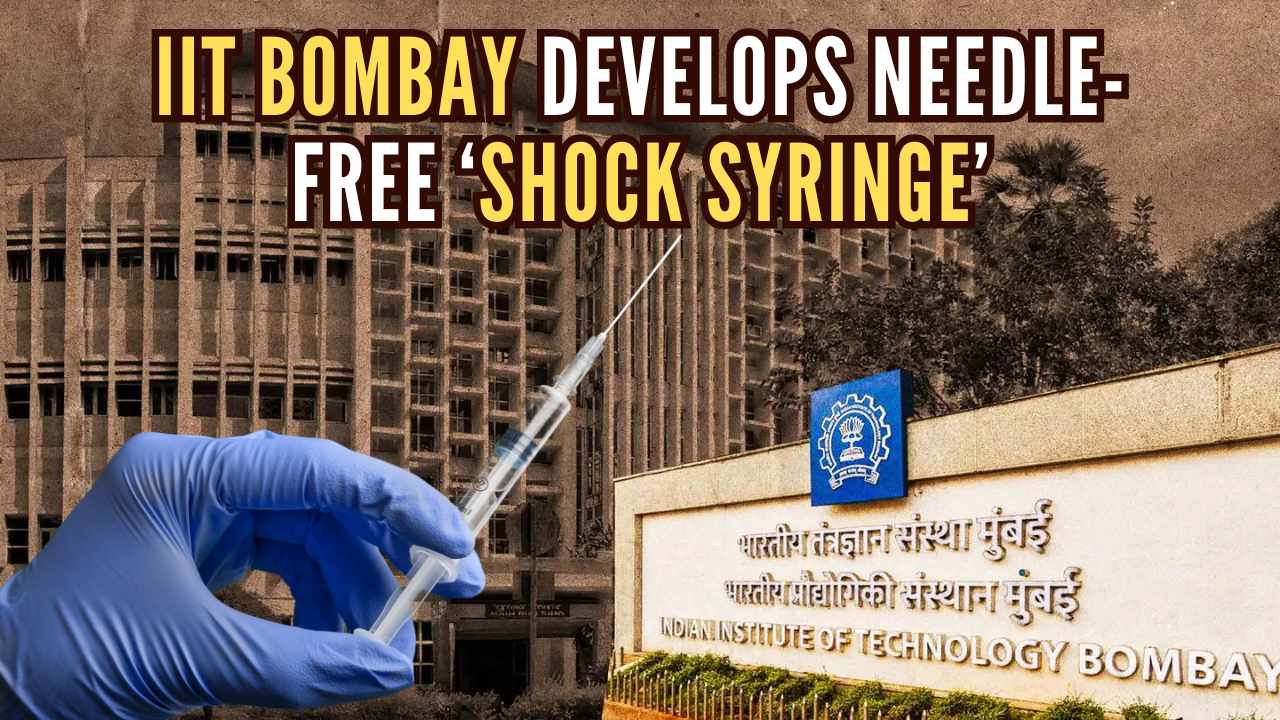
 In a world that is constantly evolving, the shock syringe represents a step towards more compassionate and effective healthcare.
In a world that is constantly evolving, the shock syringe represents a step towards more compassionate and effective healthcare.


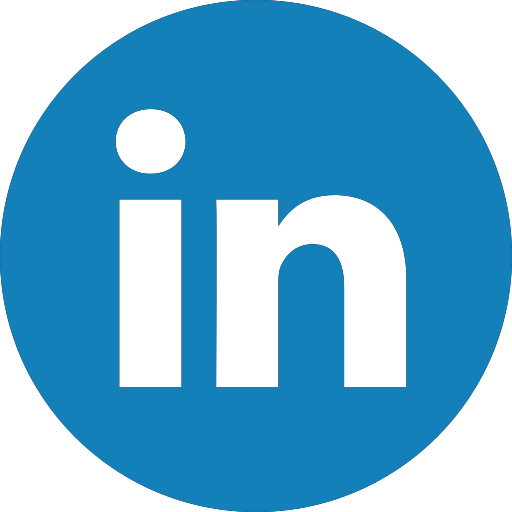


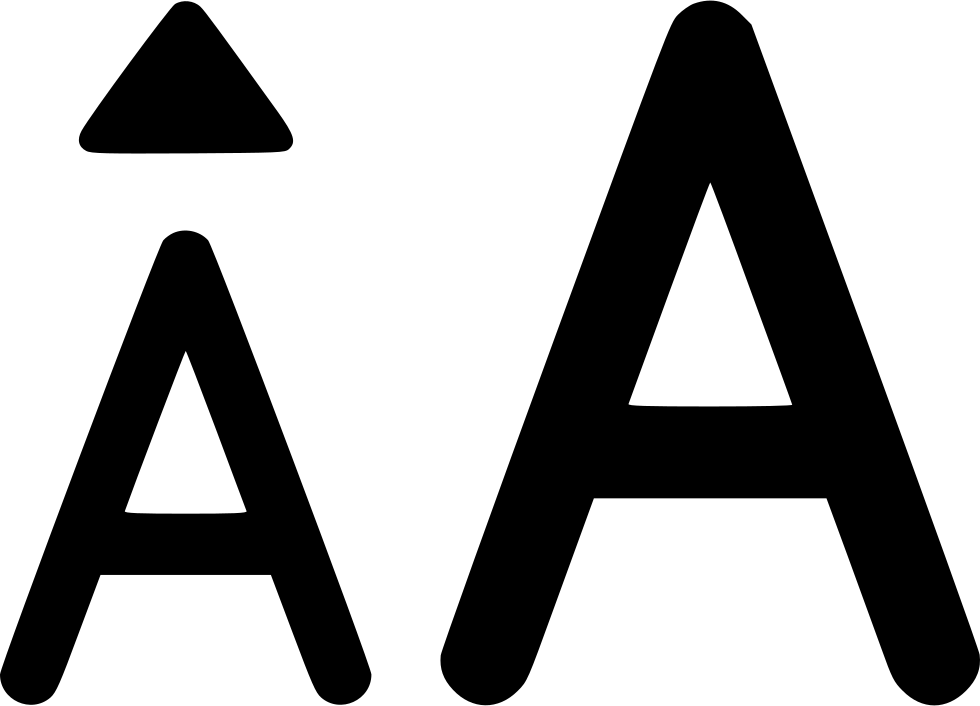




.jpeg)
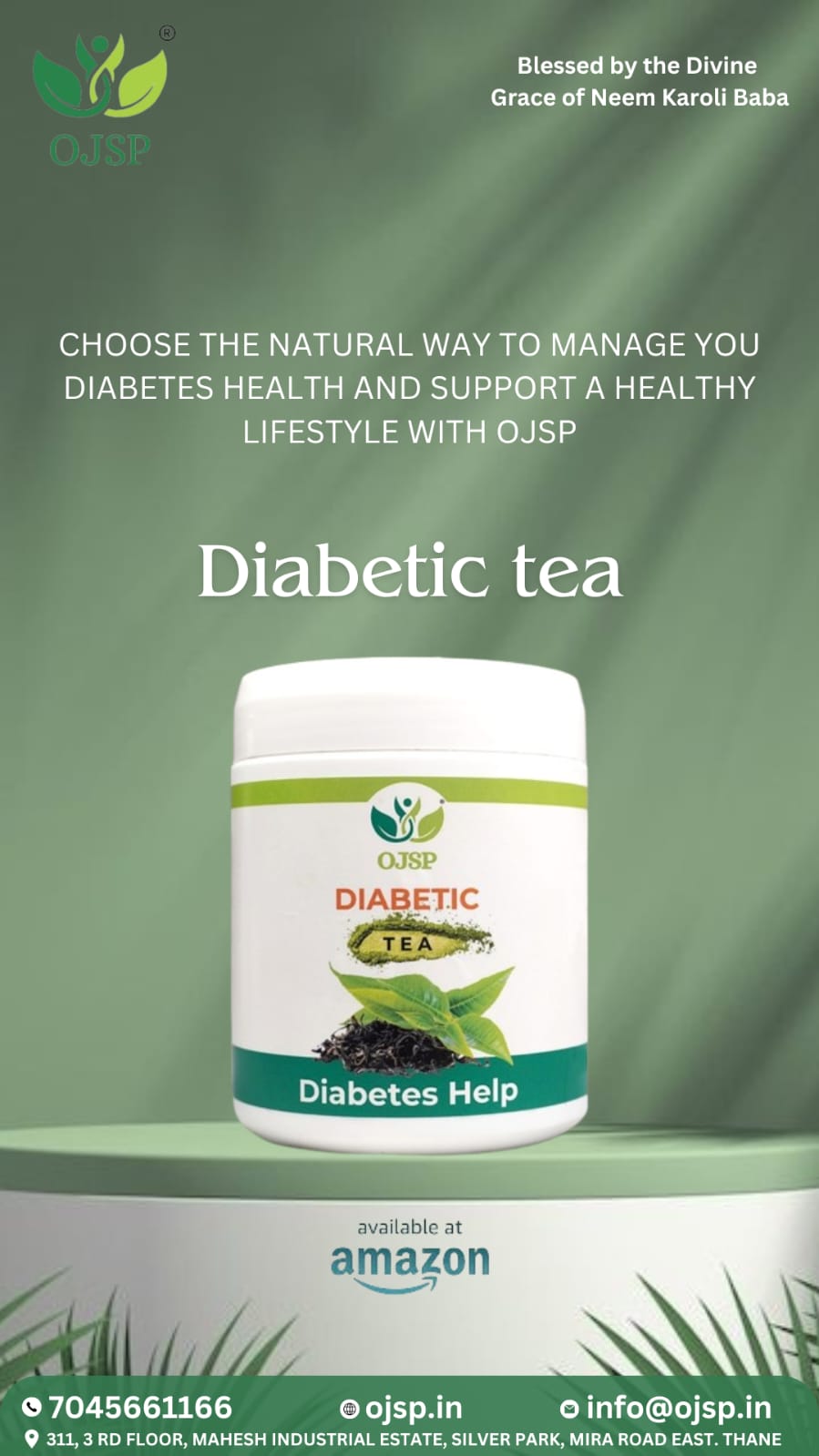
.jpeg)
.jpeg)
.jpeg)

.jpeg)
.jpeg)
.jpeg)
_(1).jpeg)

_(1)_(1)_(1).jpeg)
.jpeg)
.jpeg)
.jpeg)





